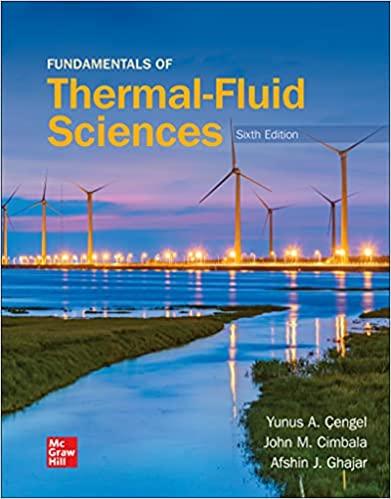Answered step by step
Verified Expert Solution
Question
1 Approved Answer
5 ( i ) . An electron probe of 1 0 n m diameter with a convergence semi - angle of 5 1 0 -
i An electron probe of diameter with a convergence semiangle of radians is
formed in a keV SEM. Ignoring any lens aberration effects, calculate how many electrons pass
through the probe per second, if the electron source brightness
ii Calculate the theoretical size resolution of the spot onto which a scanning electron
microscope beam can be focused if the objective lens has a spherical aberration, coefficient of
and a chromatic aberration coefficient, of the same magnitude for an effective probe
semiangle, of radians. The desired incident beam current, is amp for an
accelerating potential, of and a tungsten cathode temperature, of Assume a
voltage stability, of
is given, in general for a thermionic emitter, by a combination of four terms as shown
in the equation below. The first term represents a space charge limitation on the spot size, that is
as the current in the spot is increased the electrons come closer together and so repel each other
more. The second and third terms are due to the spherical and chromatic lens aberrations. The
final term is the diffractionlimited spot size, where is the radius of the disc of confusion based
on a Rayleigh criterion.
where is Boltzmann's constant and the current density at the cathode corresponding to
temperature is given by the RichardsonDushman equation:
exp
Explain every single step.

Step by Step Solution
There are 3 Steps involved in it
Step: 1

Get Instant Access to Expert-Tailored Solutions
See step-by-step solutions with expert insights and AI powered tools for academic success
Step: 2

Step: 3

Ace Your Homework with AI
Get the answers you need in no time with our AI-driven, step-by-step assistance
Get Started


